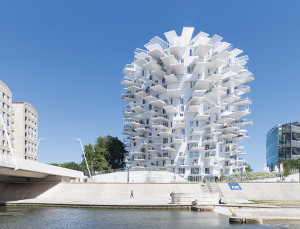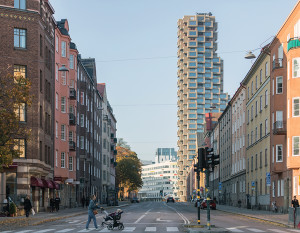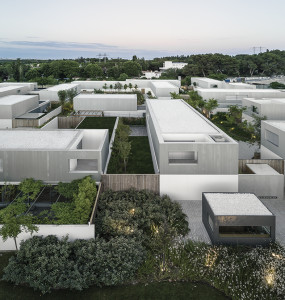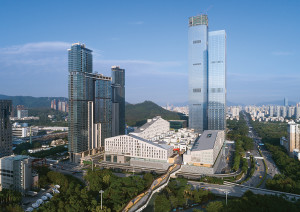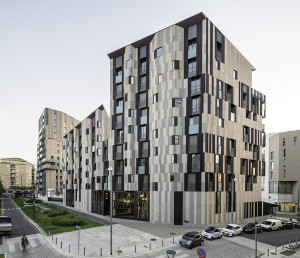MAR
APR
2020
Housing and urban density
Any city that considers itself or aspires to become internationally competitive, now contains projects designed to respond to the “inexorable” and global phenomenon of the progressive rise in the number of people living in large cities. Densification is considered the most effective and most environmentally sustainable remedy against the consumption of more land. This phenomenon is affecting numerous communities in different geographic areas of the world whose urban development policies, a response to the pressing demand for new housing, appear to be dictated more by economic logics than by effective principles of environmental and social sustainability. This is demonstrated on the one hand by the preference for vertical development and, on the other hand, by the disappearance of the individual and the sphere of personal emotions; people are reduced to mere users of housing that, be it high-end or low-cost, proposes standardised solutions dictated by market logics that show little interest in the expectations of inhabitants or the research of architects. The selection of projects presented in this issue offers a partial though significant cross section of this trend, focusing on examples of high quality architecture. However, it takes more than the formal exploits, no matter how interesting, of internationally recognised architects, capable of skilfully and inventively overcoming stringent restrictions imposed by the over-concentration of people and things in a single project, to convince us that this is the correct way forward. Many questions and issues introduce a broader debate on the themes of dwelling and urban densification.Considered today, in the context of the global pandemic, these issues are as actual as ever and cause for further reflection. This is the context, backed by an awareness of the possibility to improve equilibriums in both the relationships between built and unbuilt space and the distribution of people and resources, of three introductory essays exploring alternative models of development that once again place housing and its relations with the city and territory at the centre of the interests of the community and urban planning policies.


